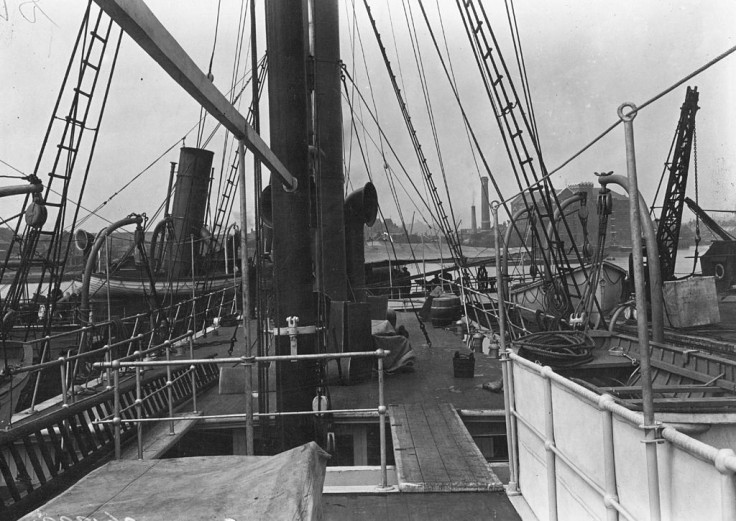HMS Endurance, the ship of polar explorer Ernest Shackleton, has been discovered, reportedly undamaged and in fair shape, more than a century after it sank off the coast of Antarctica.
The ship sank in 1915 and is now 3,008 meters (1.9 miles or 9,842 feet) underwater in the Weddell Sea, a pocket of the Southern Ocean off Antarctica's northern coast, south of the Falkland Islands.
The Falklands Maritime Heritage Trust and History Hit, a multimedia platform co-founded by historian Dan Snow, collaborated on the finding.
Mensun Bound, the mission's director of exploration, said in a statement obtained by Fox5News: "This is by far the finest wooden shipwreck I have ever seen. It is upright, well proud of the seabed, intact, and in a brilliant state of preservation,"
"This is a milestone in polar history," he added.
Due to the problematic conditions of the ice-covered Weddell Sea, previous attempts to locate the 144-foot-long wooden wreck, whose position was reported by its commander, Frank Worsley, had failed.
CBC News said the Falklands Maritime Heritage Trust's Endurance22 operation, which used advanced underwater vehicles dubbed Sabertooths equipped with high-definition cameras and scanners, was able to follow the vessel's remnants down.
Under the 1959 Antarctic Treaty, the wreck is designated as a historic site and monument.
The water was as clean as distilled water, with a visibility of at least 30 meters, according to historian Dan Snow, who was involved of the exploration, according to a Wall Street Journal story.
Shackleton and Endurance's narrative has become part of Antarctic exploration folklore. The Imperial Trans-Antarctic Expedition was supposed to be the first effort to walk across the Antarctic continent, but the Endurance got caught in sea ice and subsequently crushed.
The expedition also carried out scientific study on the effects of climate change, such as weather conditions in the Weddell Sea and sea ice thickness studies.
The subs had been scouring a predetermined search area for nearly two weeks, looking into many fascinating targets until finally discovering the wreck site on Saturday, the 100th anniversary of Shackleton's funeral. The days after the discovery have been spent photographing the timbers and surrounding debris area in great detail.
BBC News pointed out two reasons why this ship is extremely valuable.
The tale of Shackleton's Imperial Trans-Antarctic Expedition is the first. It set out to attempt the first land crossing of Antarctica, but the expedition ship, the Endurance, got stuck and subsequently holed by sea ice, forcing it to abandon the mission.
It was all about survival from then on. Shackleton managed to get his troops to safety, a feat that required the Anglo-Irish explorer to take a small lifeboat through treacherous seas to seek assistance.
The other factor was the difficulty of locating the ship. It's difficult enough to get close to the presumed sinking area, let alone undertake a search.
However, this is also where the FMHT project's success resides. The lowest amount of Antarctic sea-ice ever recorded during the satellite era, which dates back to the 1970s, was observed this month. The circumstances were quite favorable.

© 2025 Latin Times. All rights reserved. Do not reproduce without permission.





